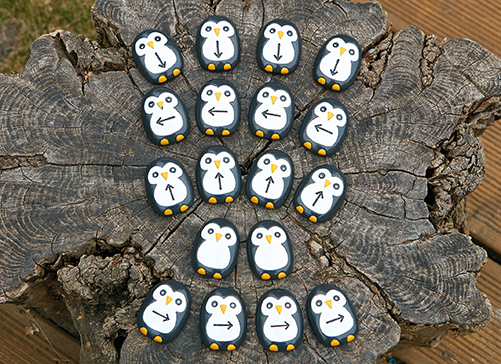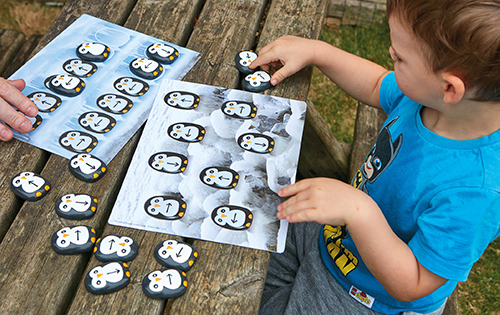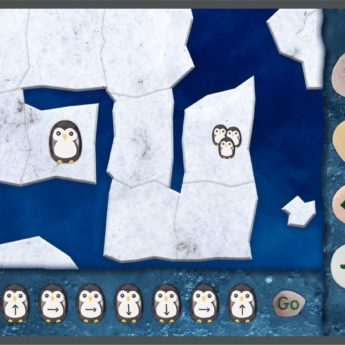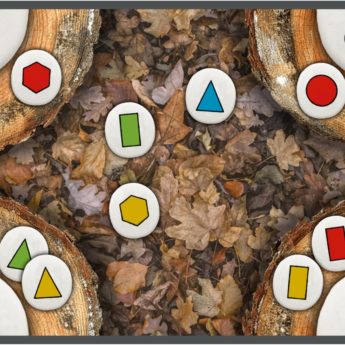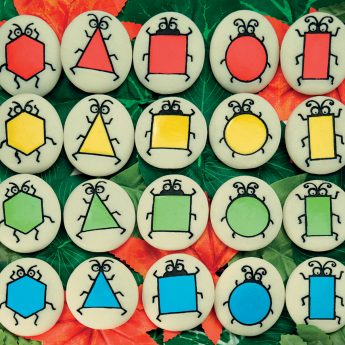How to develop pre-coding skills in the early years
This blog contains ideas that can be used with young children away from such tools to build up the skills and vocabulary needed for coding electronic devices. These have become known as pre-coding skills.
Children are born into a digital world in which technology moves at a rapid pace. In order to help them to navigate this environment, we need to be as diligent about teaching them the necessary skills as we are about other core elements of the curriculum.
One legitimate reservation about such teaching is that it will result in more screen time for children as they learn how to effectively use electronic devices and how to get them to do what they want.
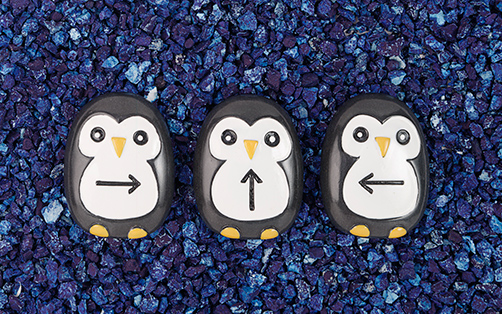
All set to sequence
There are so many ways for children to develop sequencing skills, so let your imagination run wild. Any activity that explores pattern making, spotting errors in sequences, predicting what comes next will be great here.
- Set out the sequence of what the caterpillar eats in Eric Carle’s The Very Hungry Caterpillar.
- Create sequences using small-world figures for children to copy, extend or find the correct figure to fill a gap.
- Secret sequences: allow children to choose resources to create sequences for you to solve.
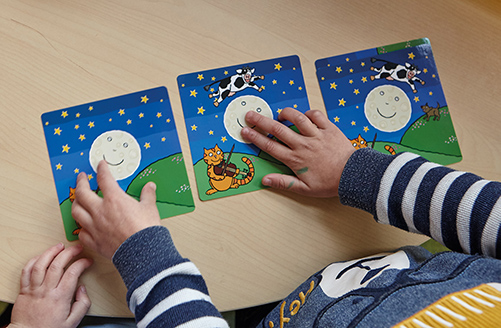
Mysterious maps
Maps and trails feature in stories from ‘Hansel and Gretel’ to Treasure Island by Robert Louis Stevenson, and is key to the popularity of the Marauder’s Map from the Harry Potter books. Draw maps and create directions using these well-loved children’s books:
- Draw a map of the family’s journey to find the bear in We’re Going on a Bear Hunt by Michael Rosen and Helen Oxenbury.
- Find a way to record the adventures of Stick Man in Stick Man by Julia Donaldson and Axel Scheffler.
- Create a model that shows all the obstacles the fox encounters in Rosie’s Walk by Pat Hutchins.
Tell and show
Children love construction materials, be that commercially-made kits, loose parts or objects from the natural environment. Allow children to use such items in pairs or small groups, with some working as designers and others as builders. Make sure every child gets to try each role.
- Build-a-robot. One child instructs another on how to build their robot based on a design they have drawn. They can use verbal, written or drawn instructions.
- Children work together to create a flower bed based on instructions prepared by others, solving problems if the resources available do not match the plan.
- Place a screen between two children. Ask one to draw a simple picture, which they must then describe to their partner on the other side of the screen, who must try to draw a matching picture. Comparing end results can be both fun and instructive!
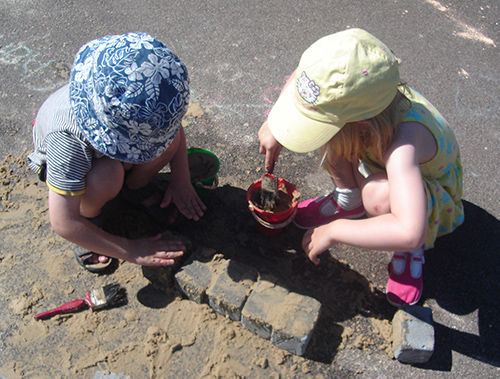
Debug some bugs
One of the skills of coding is to be able to sift through information to establish some order and to spot what is not working well. These activities should help children develop this awareness.
- Take any set of small-world creatures – dinosaurs, sea creatures, farmyard animals – and challenge children to sort them into groups. Do not tell them what criteria to use. You might want to have more than one of some of the animals in the set. Ask the children to explain their thinking once they completed the task.
- A bagful of play bugs is an ideal means of taking such sorting on a stage as more detailed explanations of chosen criteria will be required.
- Allow the children to create their own selections of objects for others to sort.
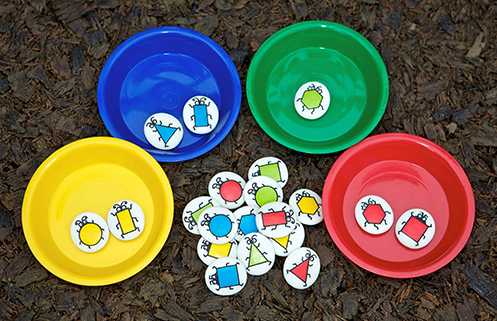
If … then
- This statement can be used in a group game similar to Simon Says. If you create a set of ‘If … then’ statements that can be mimed, the leader of the game can act them out in any order, with any child that does not respond correctly being eliminated.
- Children create inventions using loose parts that have moving elements that fulfil an ‘If … then’ statement: ‘If I roll the ball down the slope, then the skittle will be knocked over.’
- Children write or draw their own ‘If… then’ statements for others to try to create or respond to.
Scavenger hunts
Going on a scavenger hunt is great fun, getting children thinking and working together to meet the requirements set out on their list.
- Link a scavenger hunt list to a current theme, hiding relevant objects in your setting and giving clues as to where to find them.
- Hide written puzzles in objects on the list that need to be solved for that item to be claimed. Simple sums, colour sequences, pictures of objects that need to be spelled.
- Children prepare their own scavenger hunt lists for others to complete.
Amazing mazes
There are numerous books of mazes on the market that will entertain and educate children as they try options and correct their errors. Use these as inspiration for maze activities in your setting.
- Create mazes from planks, rope or single rows of bricks for children to solve. Ask them to record the directions they took to complete it for others to follow.
- Provide similar materials for the children to create their own mazes for others to solve.
- One child enters the maze, but must only follow their partner’s verbal instructions, working with them to overcome any mistakes as they progress.
Treasure Island
- Hide an item of treasure in your setting, giving children verbal instructions as to where it can be found. Edible treasure that can be shared once it has been found works well!
- Stain some paper with cold tea, drawing a treasure map on the dried paper for the children to follow.
- Provide children with treasure to hide and a wide range of resources to create a treasure map for others to follow.
The final two sections below use a new set of resources that we have developed for the teaching of pre-coding skills.
There are many wonderful penguins in the world with fascinating names: Emperor, King, Adélie, Gentoo, Humboldt to name a few. Now there’s a new breed of penguin to get to know and love: Pre-coding Penguins.
Pre-coding Penguin Stones
This set of 18 penguin pebbles are both engaging and purposeful. They can be used for matching, sorting and classifying.
- Group them by the directional arrows on their tummies.
- Create instructions to find ice cubes with treasure frozen inside them. The children can melt the cubes in warm water when they have found them to find out what is hidden inside.
- Watch dance sequences from the animated film Happy Feet. Use the penguins with arrows on to create penguin dance steps for the children to follow.
Pre-coding Penguin Activity Cards
Used in conjunction with the penguin stones, these beautiful cards will enable children to explore:
- Direct and indirect matching
- Sequencing
- Positional language
- Directional language
- Problem solving
- Providing directions
- Recording instructions.

 Register/Log in
Register/Log in
 Basket
Basket
